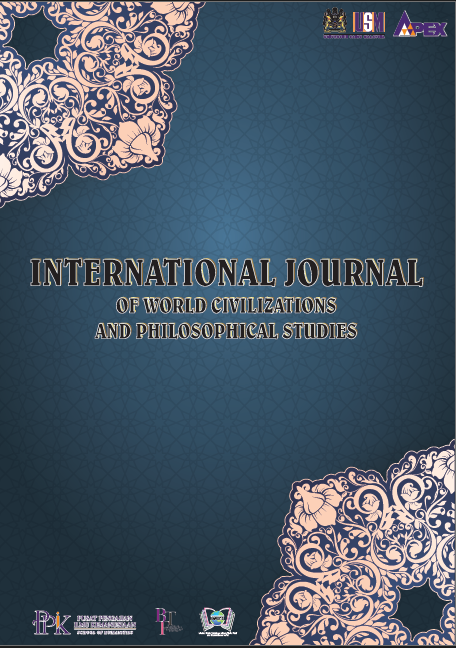The Greco-Arabic Translation Movement: A Historical and Intellectual Analysis
Main Article Content
Abstract
This paper analyzes the role of Greco-Arabic translations in modern science. It examines the Islamic Golden Age and the House of Wisdom in Baghdad, where Greek texts were translated into Arabic. The paper explores translation methodologies, including literal and paraphrastic approaches, and challenges such as linguistic barriers and text complexity. It highlights the Syriac language's intermediary role and contributions from translators like Hunayn ibn Ishaq and Al-Kindi, detailing strategies to overcome semantic and syntactic differences. The translations significantly impacted various scientific fields: Galen and Hippocrates in medicine, Al-Khwarizmi in mathematics with Euclidean geometry and Ptolemaic astronomy, and new interpretations of Aristotle in philosophy. The natural sciences advanced by integrating Greek empirical methods with Arabic observational techniques. It traces the transmission of knowledge to Europe via Spain and Sicily during the Reconquista and Norman Conquest. It shows how these texts influenced the European Renaissance by reintroducing classical knowledge and sparking intellectual curiosity. It emphasizes the legacy of Greco-Arabic scholarship on the modern scientific method, illustrating the importance of intercultural exchange in advancing knowledge and fostering a more interconnected world. Through research, the paper highlights the impact of cross-cultural interactions on human civilization.
Article Details

This work is licensed under a Creative Commons Attribution 4.0 International License.

